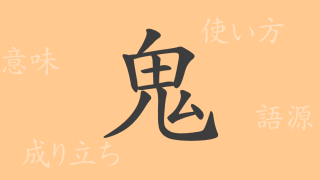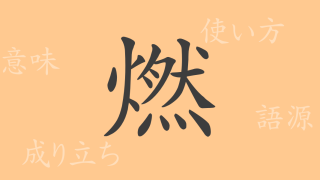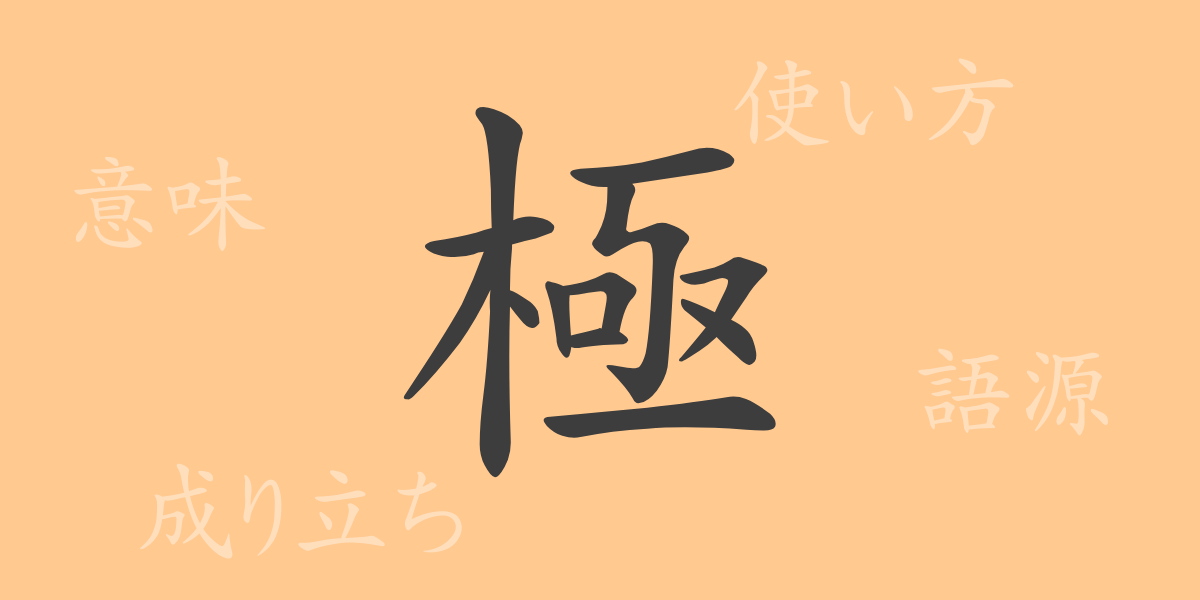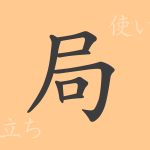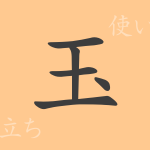Among the myriad of kanji in the Japanese language, “極(きょく)” stands out with its profound significance. This single character encapsulates a rich expression, signifying limits and the ultimate state of things. In this article, we focus on the kanji “極(きょく),” exploring its origins, meanings, usages, and its influence within Japanese culture.
Origin of 極(きょく)
The kanji “極(きょく)” traces back to ancient China. It is composed of “木(き)” (meaning tree) and “亟(き)” (representing an axe). The imagery of cutting a tree with an axe led to the meaning of “limits” or “extremes.” Over time, this kanji was introduced to Japan and became ingrained in the Japanese lexicon while developing unique connotations.
Meanings and Usages of 極(きょく)
The kanji “極(きょく)” denotes the highest or lowest point, i.e., the “extreme point.” As an adverb, it is used in the form “極めて(きわめて)” to emphasize something, meaning “extremely” or “very.” The verb form “極める(きわめる)” signifies doing something to the utmost or bringing something to its highest state.
Readings, Stroke Count, and Radical of 極(きょく)
The kanji “極(きょく)” has multiple readings in Japanese.
- Readings: The on’yomi (Chinese reading) is “キョク(きょく),” and the kun’yomi (Japanese reading) includes “きわ.める,” “きわ.まる,” and “きわ.み.”
- Stroke count: “極(きょく)” is composed of 12 strokes.
- Radical: The radical is “木(きへん),” which signifies wood or tree.
Idioms, Expressions, and Proverbs Using 極(きょく)
The kanji “極(きょく)” is featured in numerous idioms, expressions, and proverbs in Japanese. For example, “極楽(ごくらく)” is a Buddhist term referring to a state of utmost happiness, while “極秘(ごくひ)” means something extremely secretive. The expression “極めつけ(きわめつけ)” denotes the most outstanding item within a series of events.
Conclusion on 極(きょく)
The kanji “極(きょく)” holds more than just its literal meaning; it plays a vital role in Japanese language and culture. Its diverse usages and idioms reflect the richness of Japanese expression, allowing us to learn much from this single character. As a common kanji deeply rooted in our daily lives, “極(きょく)” is a testament to the depth and beauty of the Japanese language.














